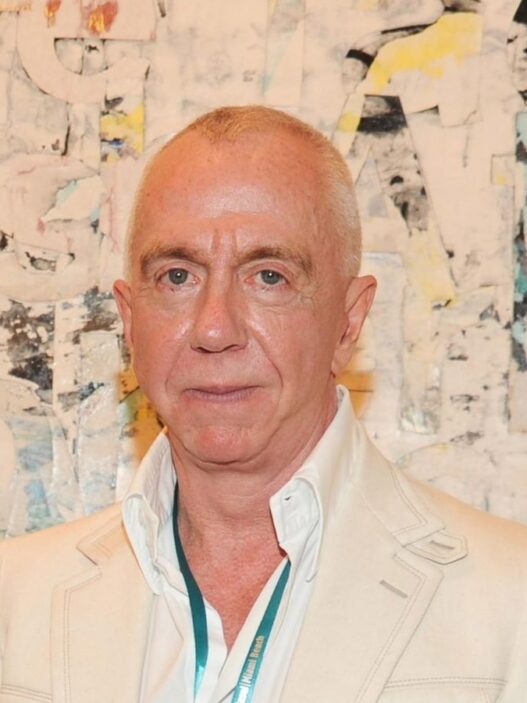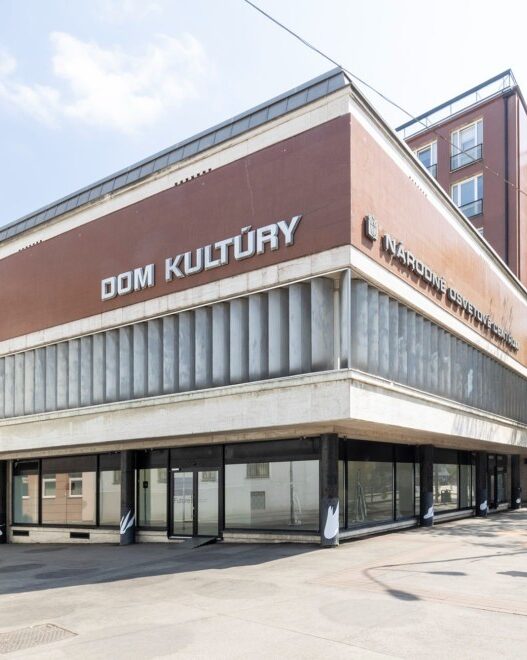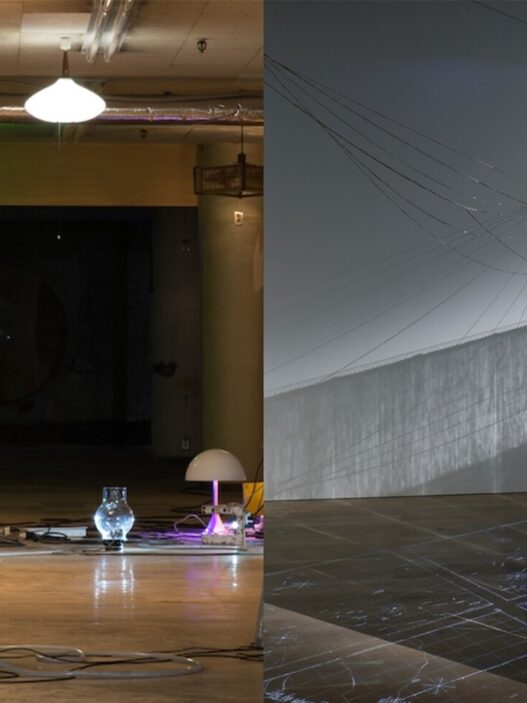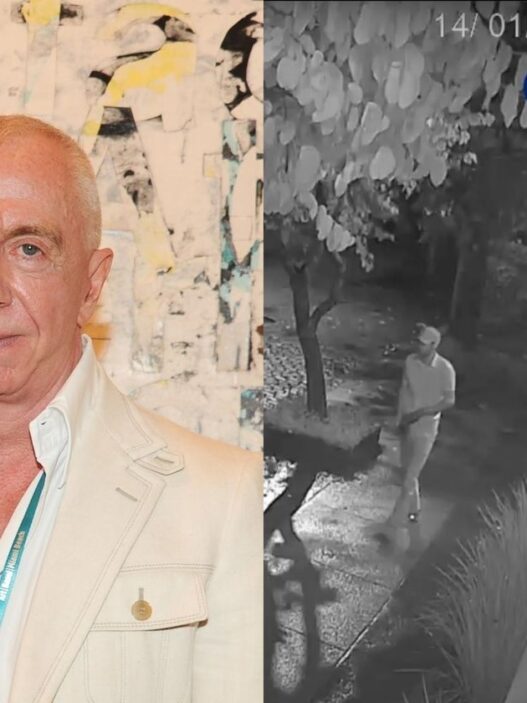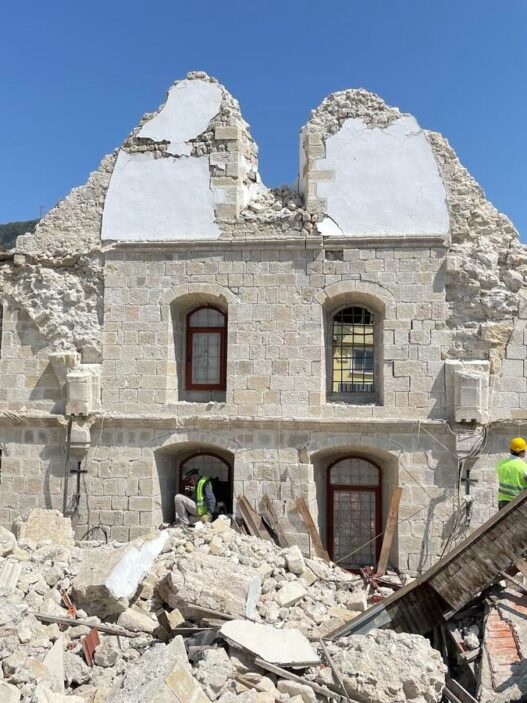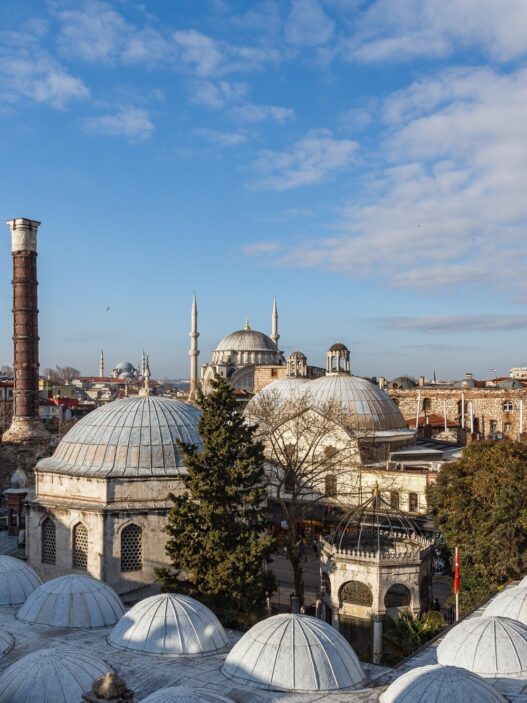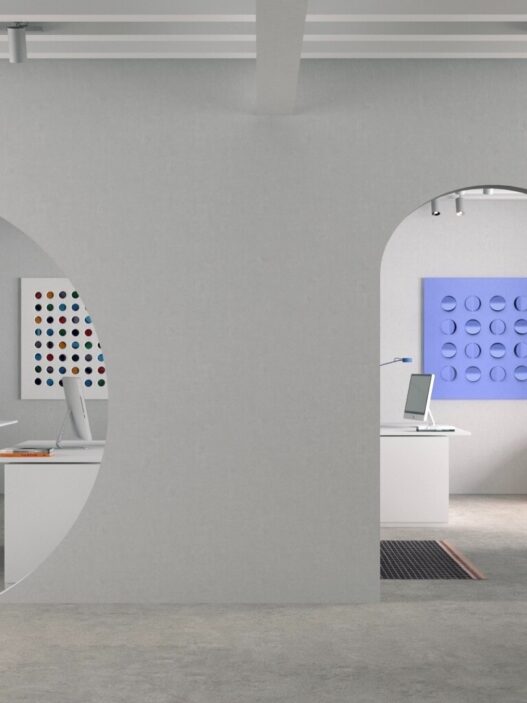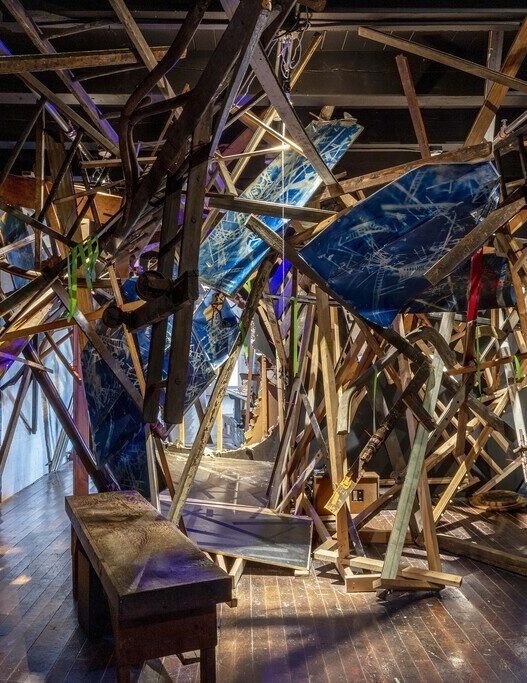The objects, which include artifacts, paintings, and sculptures, are seen by the Mongolian government as part of the country's national identity.
Seeking the return of hundreds of artefacts held in museums and universities around the world, Mongolia has drawn up a list of objects it believes belong to the country and could be repatriated. Culture minister Nomin Chinbat announced the move, alongside a 2027 Royal Academy show in London showcasing art and artefacts from the Mongol Empire’s early years.
Chinbat clarified that Mongolia doesn’t demand all artefacts back, with some eligible to remain displayed permanently abroad if they represent Mongolian history and culture. However, research and potential repatriation remain priorities.
This cultural offensive forms part of Mongolia’s long-term Vision 2050 plan, aiming to bolster the nation’s middle class and cultural identity. Chinbat also revealed collaboration with the Hermitage Museum in St Petersburg to identify disputed Mongolian pieces.
The Mongolian government’s efforts to reclaim its cultural heritage are part of a growing trend among countries to repatriate objects that were taken from them during colonial times. In recent years, countries such as China, India, and Egypt have all made successful claims for the return of cultural objects.
The Mongolian government is hopeful that it will be able to repatriate the objects on its list. However, it acknowledges that this will be a long and difficult process. The objects are often of great cultural and historical value to the institutions that hold them, and they may be reluctant to give them up.













